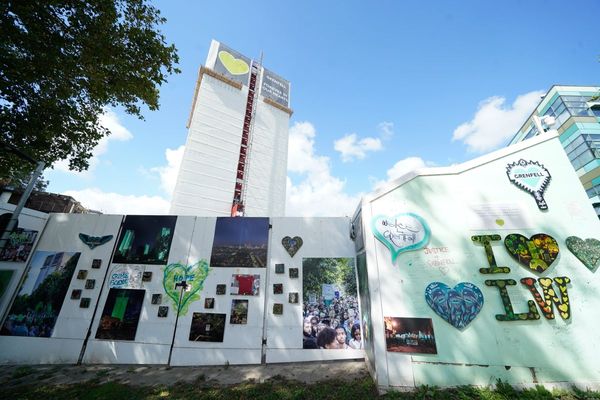
Treasurer Josh Frydenberg delivered his fourth federal budget as residents in flood-ravaged Lismore were ending another day of evacuations. In response to the “devastating” crisis, Frydenberg announced an additional $6 billion in disaster relief and recovery, including a $2.2 billion package to households for income support.
The package comes after the Morrison government was lashed for its sluggish response to the floods and lack of meaningful action on disaster mitigation and adaptation. It also involves $300 million spent from the Emergency Response Fund on post-disaster recovery activities. It follows fierce criticism from Labor over why the government failed to unlock money from the fund to deal with the floods.
The government has responded to a climate disaster with a characteristically reactive cash splash. But a deeper look at the budget papers shows the government maintaining its commitments to the fossil fuels industry, while charting an unclear path toward emissions reduction.
In his speech, Frydenberg once again repeated the Coalition Team Line of reaching net zero through “technology not taxes”, and unlike past budgets, at least paid lip service to the “global challenge of climate change”.
The government’s actual plans on energy and emissions reduction are still pretty vague.
The budget papers point to plans to invest more than $22 billion in clean energy technologies over the next decade, with little detail on what that investment will look like, and how it might lower emissions. They include $1.5 billion to develop a world-leading clean hydrogen industry and $1 billion to the Great Barrier Reef, intended to improve marine science, and help deploy climate adaptation technologies.
That money for the reef is, in itself, a rare admission from the Morrison government that the reef is under threat from climate change.
Meanwhile, aggregate climate spending, which includes the Clean Energy Finance Corporation and the Australian Renewable Energy Agency, is set to fall over the forward estimates, from $2 billion in 2021-22 to $1.3 billion in 2025-26.
But the government’s additional energy and emissions reduction plan, which involves a further $446 million for lowering emissions, also includes $50 million to accelerate the development of priority gas infrastructure, and carbon capture and storage technology.
The gas industry is still a big polluter, while carbon capture and storage projects have had little documented success in lowering emissions.







